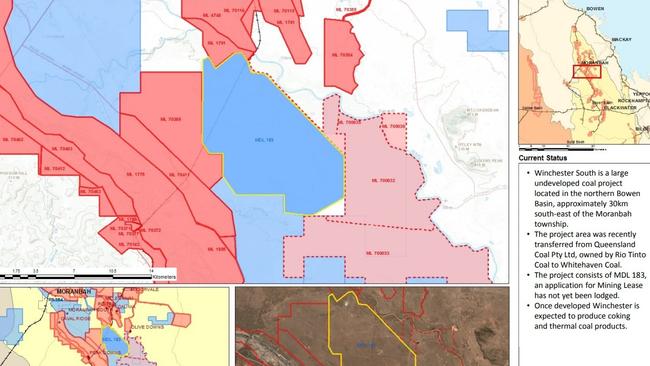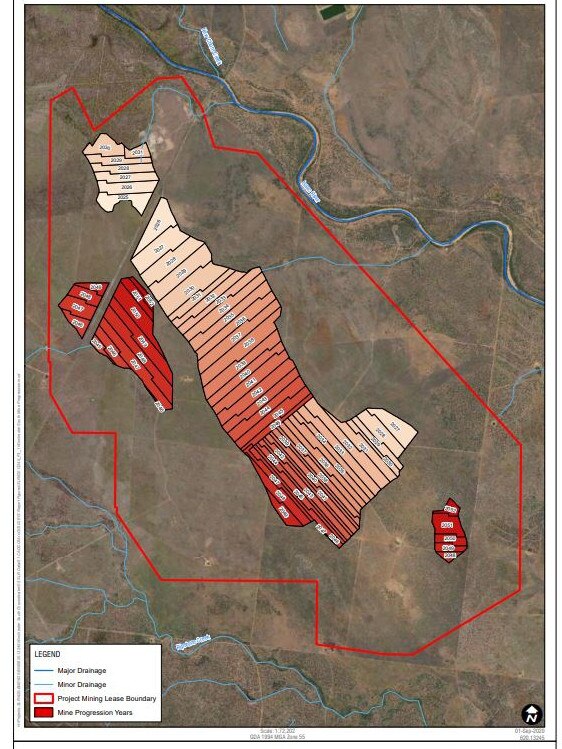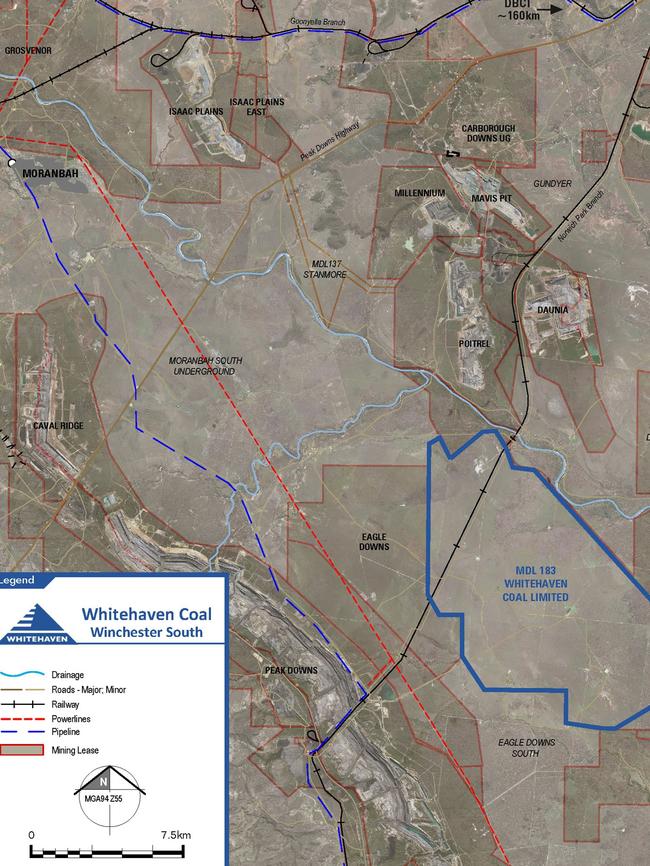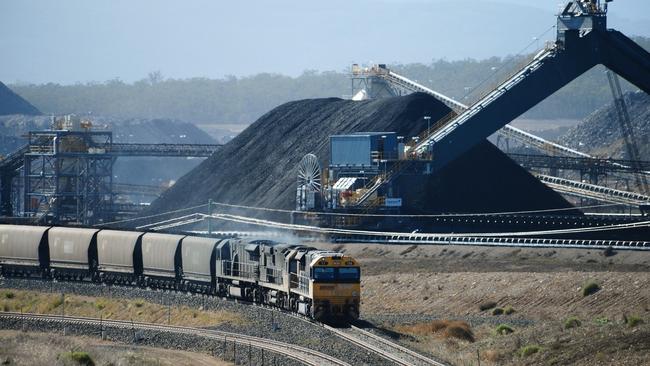Whitehaven Coal’s Winchester South mine to use automation
It’s touted to have 500 jobs during construction and operation, but if technology doesn’t catch up to the sector, the workforce could swell.
Mackay
Don't miss out on the headlines from Mackay. Followed categories will be added to My News.
Whitehaven Coal will source workers from regional Queensland including Mackay, Rockhampton and Townsville for its massive $1 billion Winchester South mine.
The company’s draft environmental impact statement says it was committed to housing workers in Moranbah, about 30km from the project, or building housing for its workforce, the majority of which was to be local.
The Winchester South mine will employ about 500 workers during construction, and 500 during operation, with an automated element the equivalent of 250 workers.
The company was investigating the use of automation onsite for operations expected to begin in 2023 but, should it not be implemented, the project’s workforce would be about 750 workers.

The construction workforce is expected to come from regional cities such as Mackay, Townsville and Rockhampton, and the company was committed to building housing in Moranbah to support workers.
The controversial mine giant has leaned on its draft environmental impact state as environmentalists attack the company’s proposed Winchester South project.
Lock the Gate last week labelled the company a “notorious environmental vandal” and claimed almost half of the $1 billion project’s coal production would be thermal.
Whitehaven, in announcing the project, said it would be a majority metallurgical coal production with about 11 million tonnes mined each year.

The draft EIS states the majority – or 60 per cent – would be metallurgical.
“Depending on variations in coal quality, detailed mine design, mine economics and market volume requirements, metallurgical coal would account for up to 60 per cent of coal products produced,” the EIS states.
Lock the Gate further said Winchester South would “drain local groundwater at an average of 183 million litres each year” and four pit voids that would remain after operations end in 30 years’ time would “drain water from the surrounding area”.
Mapping in the draft EIS shows Winchester South and the Isaac River floodplain overlapping on the project’s northern fringes, but site plans suggest a separation between operations and the Isaac River.

The EIS states majority of the project is outside the floodplain, and Whitehaven did not propose to extract water from the Isaac River for construction or operations.
No residual voids – deep pits left over after at the end of the mine’s lifespan – would be in the identified Isaac River floodplain after closure.
Whitehaven detailed plans to return the majority of the project site to pre-mining standard which is currently used as grazing land.

The EIS stated the four pits would drain water from the surrounding area and concentrate heavy metals and salts.
“Voids should not be allowed – they should be backfilled especially so close to the Issac River floodplain,” Lock the Gate Alliance Queensland spokeswoman Ellie Smith said.
“There is also a serious risk Winchester South, if built, will become a stranded asset as the world turns its back on coal in favour of zero-carbon alternatives.

Total greenhouse gas emissions for this project would be well over half a billion tonnes of CO2 – equivalent to Australia’s entire GHG emissions each year.
“Even fellow coal miners like South32 are baulking at investing in coal mines in CQ due to climate and social responsibility concerns, as it did at the Eagle Downs mine, which neighbours Winchester South.”
“The Winchester South project would also neighbour the Olive Downs coal mine proposal, which has come under scrutiny over its impacts on the Issac River, and itself is facing an ongoing legal challenge from local landholders.”
Whitehaven Coal was approached for comment but declined, instead referring back to its draft EIS.





